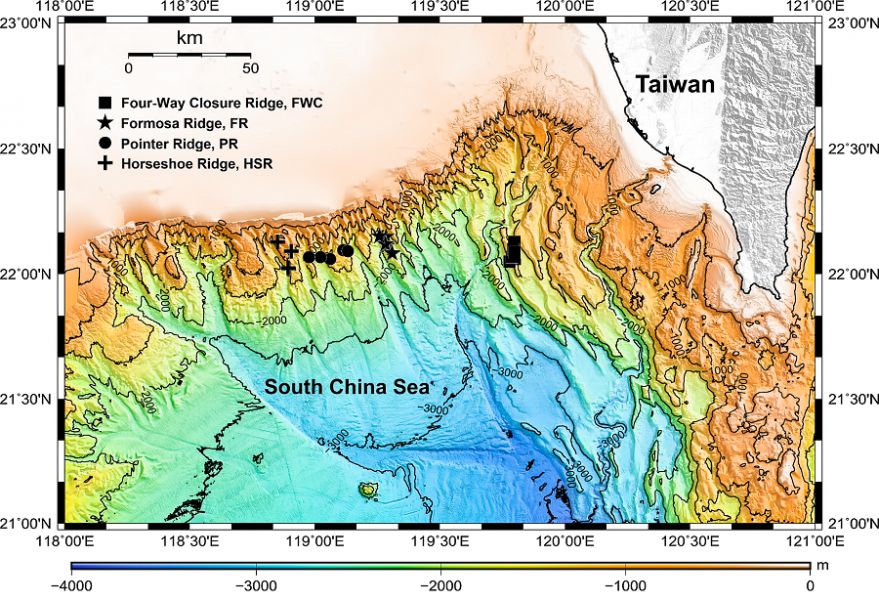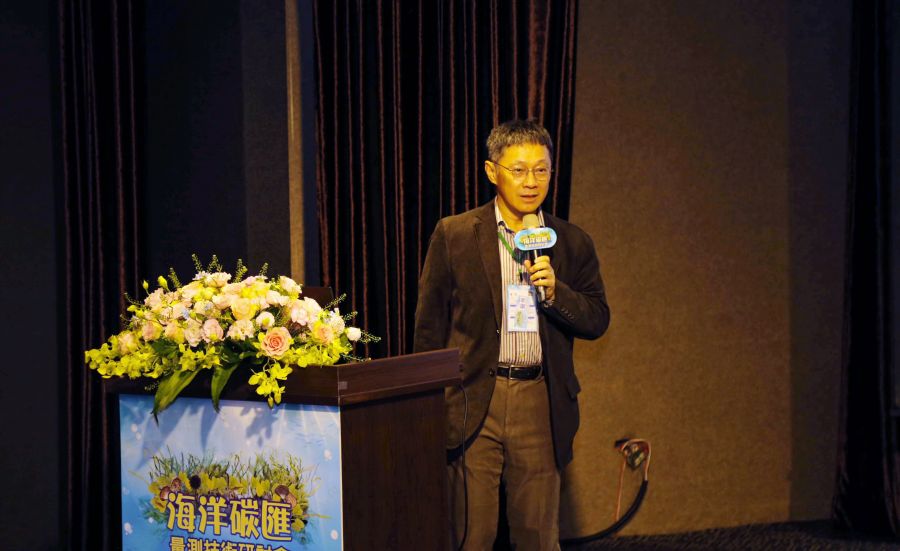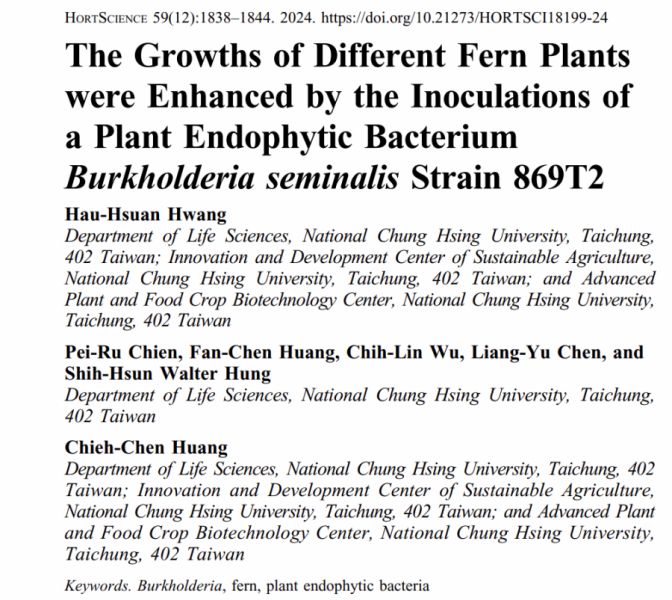生態農業:農業溫室氣體減量【生命科學系/林幸助特聘教授】
| 論文篇名 | 英文:Trophic model of a deep-sea ecosystem with methane seeps in the South China Sea 中文: 南海深海甲烷冷泉生態系食物網模式 |
| 期刊名稱 | DEEP-SEA RESEARCH PART I |
| 發表年份,卷數,起迄頁數 | 2020, 159, 103251 |
| 作者 | Lin, Zhe-Yu; Chen, Hsuan-Wien*; Lin, Hsing-Juh(林幸助)* |
| DOI | 10.1016/j.dsr.2020.103251 |
| 中文摘要 | 甲烷冷泉廣泛分布於全世界各地的大陸邊緣,其所在地不僅蘊藏著豐富的天然氣水合物資源,同時亦存在密度極高的化學自營性與共生性物種。這些物種經常大量聚集以利用冷泉能量,並供給其他冷泉當地或非當地物種許多生態功能,成為深海環境中的生物熱點。為了在開發天然氣水合物資源前建立當地生物資源基準線,並評估能源開發對深海生態系的衝擊。本研究自2013年至2016年,於南海大陸斜坡北坡進行共8次的生物採集與環境因子調查。除了量化當地的生物多樣性外,亦探討底棲群集組成並解釋生物與環境因子之間的關係。此外,藉由碳、氮穩定性同位素追蹤異營性消費者的食物來源、估算甲烷冷泉能量貢獻、比較冷泉與非冷泉生物群集之營養區位。最後,以Ecopath模式探討食物網中的能量流向,並說明甲烷冷泉於深海環境中的重要性。接著,以Ecosim模擬開發天然氣水合物後,冷泉與周緣深海生態系可能的變動情形。群集分析顯示雖然南海大陸斜坡深處營養貧瘠,但其物種多樣性與均勻度皆很高,無論是食底泥碎屑者或是懸浮濾食者皆傾向棲息於食物相對較多之處。同位素分析顯示南海大陸斜坡的深海生態系具有4-5個營養階層。大型底棲魚類與石蟹會進入冷泉區,並將甲烷碳源輸出至周圍環境。冷泉群集的營養多樣性與區位寬度皆大於非冷泉群集,且兩者營養區位不重疊。網絡分析顯示有冷泉的深海生態系具高生產力與生物量,故其所有能量流皆大於無冷泉的深海生態系。訊息理論指數顯示無冷泉的深海生態系較有冷泉的深海生態系穩定;但有冷泉的深海生態系遭遇擾動後的回復力較強。未考量冷泉區面積大小與冷泉底內動物的前提下,Ecopath with Ecosim模擬顯示冷泉貽貝生物量的降幅於水合物開採十年後不超過50%,則對於系統總能量無明顯衝擊,且能兼顧冷泉與周緣深海功能群生物量,使群集組成不會有明顯變動。此結果支持中度開採干擾使生態系不會生產過剩從而增加系統成熟度,最終還能提升平均營養傳輸效率。 |
| 英文摘要 | Benthic megafauna in deep-sea ecosystems with and without methane seeps in the South China Sea were quantified during 2013~2016. In total, more than 190 taxa were identified. Stable isotopic analyses (δ13C, δ15N) on the tissues of these megafauna were used to provide complementary data to reveal their trophic relationships. Ecopath models were constructed to show the flow of matter within deep-sea ecosystems. There were four integer trophic levels in both deep-sea models. Most of the omnivory indices of the megafauna in the models were small, indicating the specialized diet niches of the megafauna. The mixed trophic impact results showed that both models were top-down controlled. Seep-associated king crabs were the keystone group in the seep model. These crabs not only transferred energy from lower trophic levels to top predators but also linked energy from seeps to neighboring deep-sea ecosystems. However, the low number of trophic connections between the seep animals and neighboring deep-sea communities indicates the uniqueness of the seep ecosystems in the deep sea. All the biomass, matter flow and trophic transfer efficiency values were higher in the seep model than in the model without seeps. The higher overhead/capacity ratio in the seep model than in the model without seeps suggests that the former model was more resilient to perturbations than the latter model. Although the net primary production and matter flow in the seep model were lower than those in the shallow-sea models, the models had comparable values of biomass excluding detritus. The relatively high system omnivory indices and low matter cycling of both deep-sea models indicate that these models were more mature than the shallow-sea models. Collectively, our deep-sea models combined with other models suggest that deep-sea ecosystems are characterized by slow dynamics and high environmental stability. This study reports the first Ecopath model for methane seep ecosystems, which may serve as a basis for potential anthropogenic impact assessment and ecosystem-based management. |







